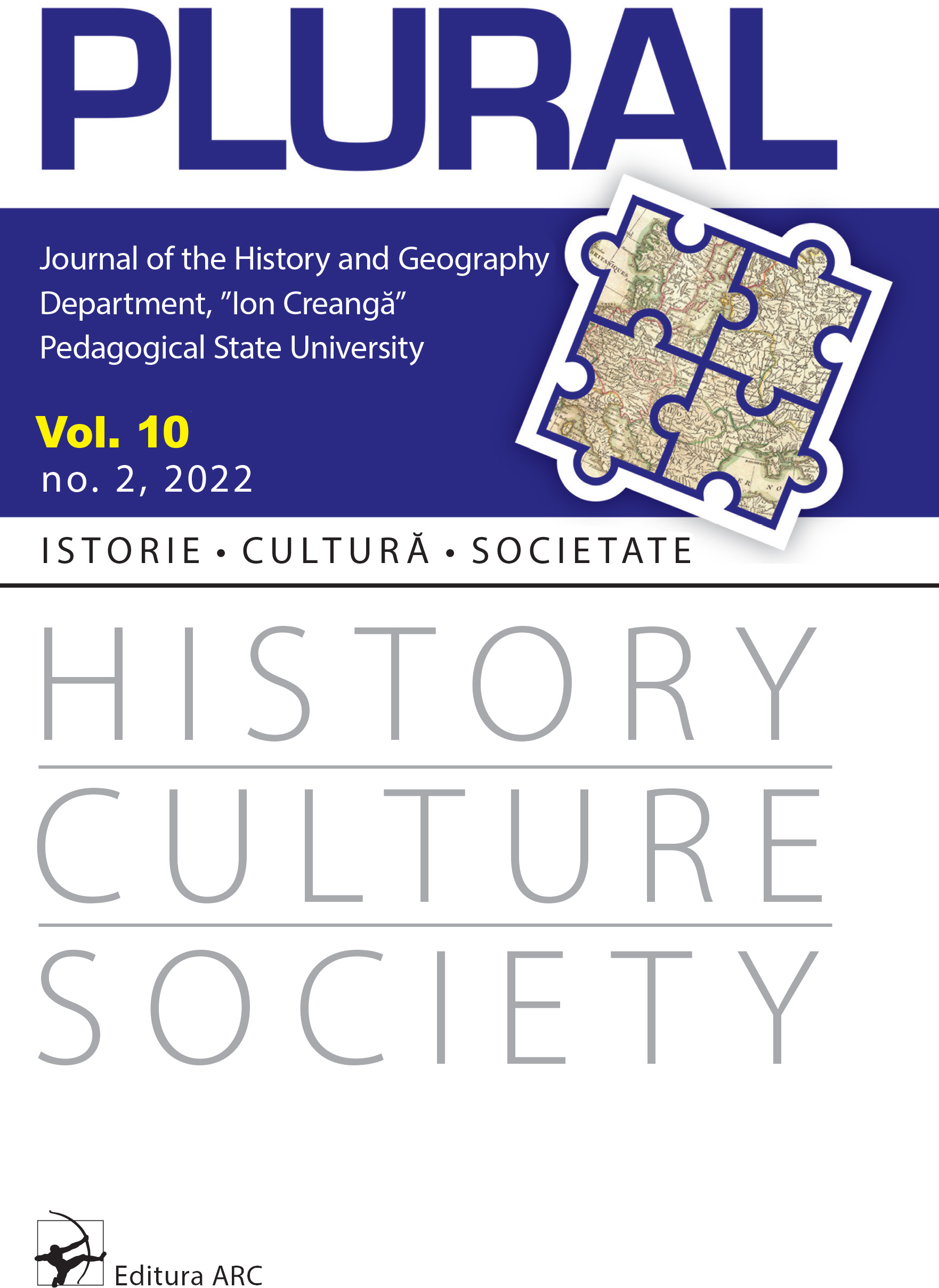The Puppet and the Puppeteer: Deconstructing the Historiography on King Carol II and Miron Cristea, the Romanian Orthodox Patriarch
The Puppet and the Puppeteer: Deconstructing the Historiography on King Carol II and Miron Cristea, the Romanian Orthodox Patriarch
Author(s): Ion PopaSubject(s): History, Political history, Social history, Recent History (1900 till today), Interwar Period (1920 - 1939), Eastern Orthodoxy
Published by: Facultatea de Istorie și Geografie, Universitatea Pedagogică de Stat „Ion Creangă”
Keywords: communist/post-communist historiography; Orthodox Church; interwar politics; royal regime;
Summary/Abstract: Miron Cristea was one of the most important and influential political actors in interwar Romania. He became the first patriarch of the Orthodox Church (1925), a member of the Regency (1927-1930), and was prime minister of Romania from February 1938 until his passing on 6 March 1939. Most historiography on that era overlooks Cristea’s power and influence, being focused primarily on the Iron Guard and on several political players, such as King Carol II, Armand Călinescu, Corneliu Codreanu, or Iuliu Maniu. This article traces the origins of this minimisation, unearthing evidence of a process started in the 1970s. It deconstructs the various layers of history writing about Carol II’s regime, examining communist and post-communist motivations behind the focus on some players (such as the king, his mistress – Elena Lupescu, or the royal camarilla) and the deliberate forgetting of others, including Miron Cristea. Historiography on Carol II and the royal dictatorship has seen some changes since communist times, some of them analysed here, but the writing on Miron Cristea has remained, for several reasons, largely unchallenged.
- Issue Year: 10/2022
- Issue No: 2
- Page Range: 36-57
- Page Count: 22
- Language: English

